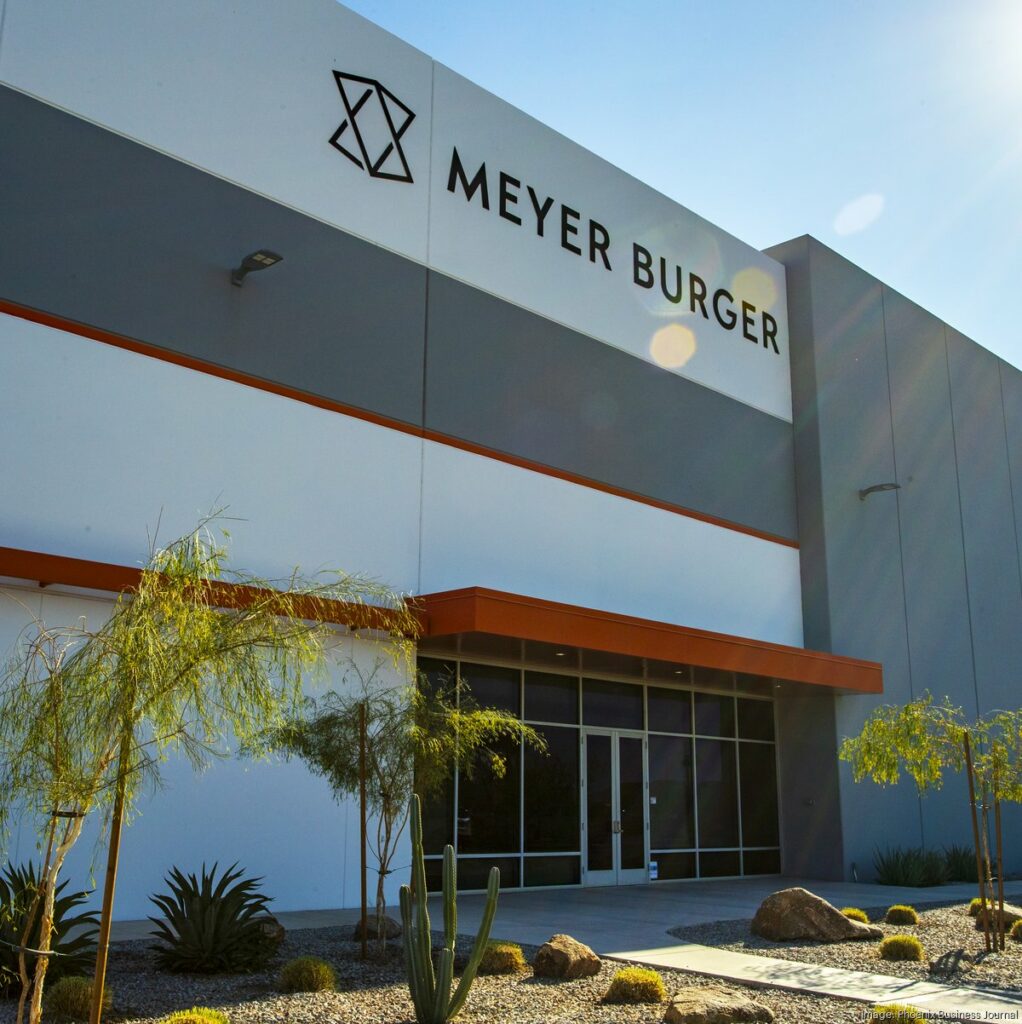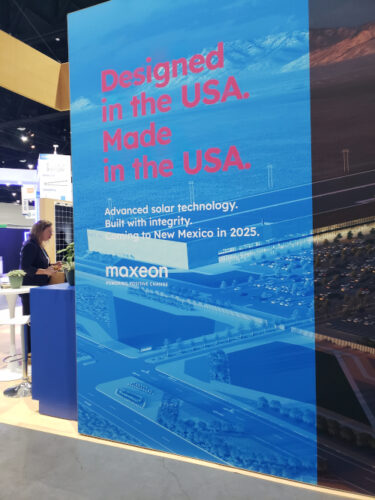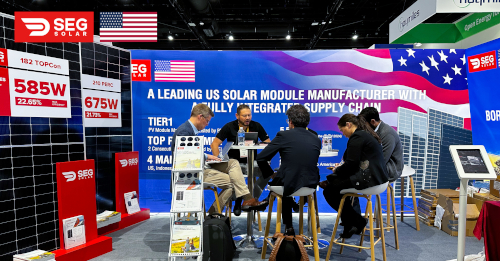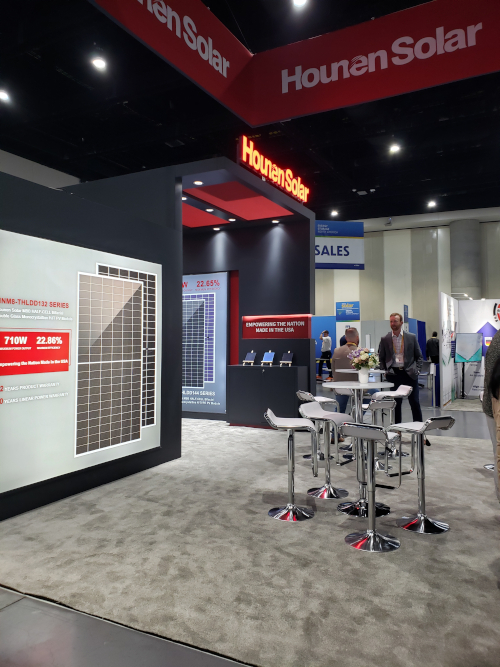The U.S. solar manufacturing sector is experiencing a dynamic shift, with companies recalibrating their strategies amidst evolving market conditions and regulatory landscapes. At Intersolar North America, key players showcased their plans, reflecting a mix of optimism, caution, and strategic redirection.
Meyer Burger: Consolidating Focus in Arizona

Meyer Burger Arizona
Meyer Burger’s decision to suspend operations in Europe underscores a strategic pivot towards its solar panel plant in Arizona. With a 2-GW capacity and equipment installation underway, the company is positioning itself to capitalize on the burgeoning U.S. market.
Maxeon: Progress Amidst Awaited Funding

Maxeon
Maxeon’s commitment to establishing a 3.5-GW manufacturing site in New Mexico demonstrates a steadfast approach despite awaiting potential funding from the Dept. of Energy. This highlights the company’s confidence in the long-term viability of U.S. solar manufacturing.
SEG Solar: Ramping Up in Texas

SEG Solar
SEG Solar’s ramping up of its 2-GW facility in Houston signifies a tangible step towards domestic production. By aiming to commence commercial production by mid-2024, SEG Solar is poised to contribute significantly to the local industry while eyeing eventual domestic cell manufacturing.
Read More: Commercial Solar in Texas
Hounen Solar: Expanding Capacities in South Carolina

Hounen Solar
With the final touches on its 1-GW factory in South Carolina, Hounen Solar exemplifies the sector’s expansion efforts. Partnering with C&D Clean Energy reflects a collaborative approach towards maximizing production capacities and market penetration.
Toenergy and Runergy: Embracing U.S. Manufacturing
Toenergy’s entry into the U.S. market with a 500-MW facility in Sacramento and Runergy’s support for a 2-GW factory in Alabama underscore the appeal of domestic manufacturing despite their Chinese origins. These initiatives signify a global influx of investment into U.S. solar manufacturing infrastructure.
Solar Depot and Rayzon: Emerging Players Awaiting Regulatory Clarity
Solar Depot’s forthcoming panel production in Arkansas and Rayzon’s partnership plans in Georgia highlight the aspirations of emerging companies. However, both await regulatory guidelines, emphasizing the significance of regulatory certainty in shaping industry dynamics.
Energate and SolarLink: Geographic Expansion Strategies
Energate’s venture into Utah and subsequent plans for an East Coast hub exemplify a strategic geographic expansion approach. Similarly, SolarLink’s establishment of a 2-GW factory in Nevada underlines the diversification of manufacturing bases to cater to regional demands.
Phono Solar and Solarever USA: Strengthening U.S. Presence
Phono Solar’s commitment to a 1-GW factory in South Carolina and Solarever USA’s transition to U.S.-based assembly reflect a concerted effort to bolster domestic presence. These initiatives align with the industry’s broader trend towards localization and reduced dependence on imports.
Waaree and Solar4America: Sustained Momentum
Waaree’s progress towards a 3-GW facility in Texas and Solar4America’s nearing completion of its South Carolina factory signify sustained momentum within the sector. These developments underscore the resilience and growth potential of U.S. solar manufacturing amidst evolving market dynamics.
Industry Giants: Longi Solar and Canadian Solar
Longi Solar and Canadian Solar’s investments in Ohio and Texas, respectively, highlight the contributions of industry giants to the U.S. manufacturing landscape. With significant production capacities, these players are poised to shape the industry’s trajectory and competitiveness.
Conclusion
Intersolar North America provided a comprehensive snapshot of the U.S. solar panel manufacturing landscape, characterized by diverse investments, strategic realignments, and regulatory considerations. As companies navigate market uncertainties and regulatory frameworks, the collective momentum towards domestic manufacturing underscores the industry’s resilience and long-term potential in driving sustainable energy transitions.